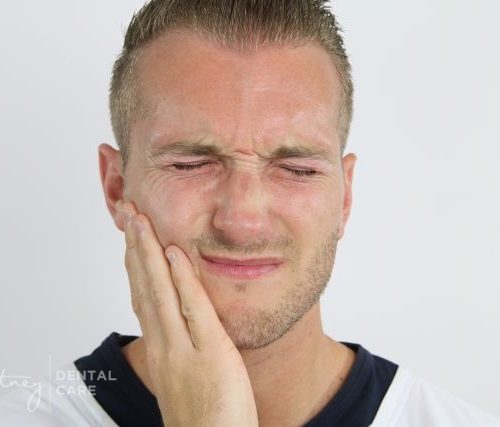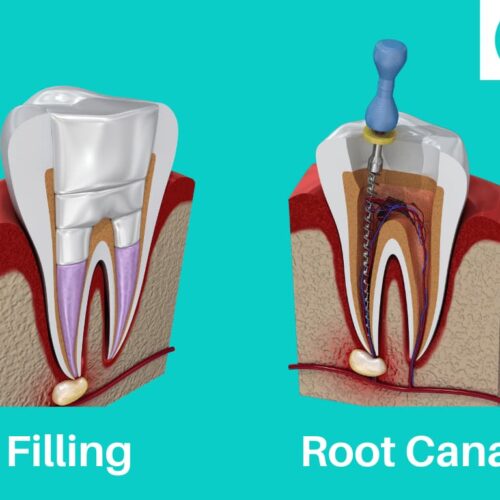Australian Dental Statistics (Updated 2020)

Risk Factors and Contributing Factors for Poor Oral Health
Sugar intake:
Sugar consumption is the main contributor to dental health issues, with reducing sugar over-consumption one of the easiest and most effective strategies to improve oral health.
- 8% of adults, 73% of young people (14-18 years) and 70.3% of children (9-13 years) in Australia exceeded the World Health Organisation (WHO) recommended sugar intake of more than 10% of total energy intake (ADA)
- 2011-2012 Australian Health Survey found 60g of sugar was being consumed (on average) daily (ADA)
- 2012-2013 study found Aboriginal and Torres Strait Islander people consumed an average of 75g of sugar per day (AIHW)
Access to optimally fluoridated drinking water:
Access to fluoridated drinking water is a major factor in the prevention of dental issues.
- In 2017, 89% of the Australian population had access to optimally fluoridated drinking water (ADA)
- Most states and territories have now achieved more than 90% of the population having access to optimally fluoridated water (ADA)
- Queensland (in 2012) removed the mandate for water fluoridation which may have a negative effect on oral health in the state (AIHW)
Toothbrushing:
Toothbrushing is a basic oral hygiene behaviour that essentially removes dental plaque from the teeth and prevents any further build-up.
- In 2016, the proportion of Australian adults brushing their teeth twice daily was 51% (AIHW)
- In 2012-14, 68.5% of Australian children were brushing their teeth daily (NCOHS)
- A greater proportion of women brushed their teeth twice daily compared with men (57% and 43% respectively) (ADA)
Dental visiting behaviours:
Regular dental check-ups (once a year) is a preventative measure that have been associated with better oral health for patients.
- Almost half of Australian children have not visited a dentist before their fifth birthday (NCOHS)
- In 2010, 55.5% of Adults (+18) have had a dental check-up in last 12 months (ADA)
- Children from high income households were 1.5 times more likely to visit the dentist prior to five years of age compared with children from low income households (NCOHS)
Oral Health Conditions
Tooth decay:
Tooth decay is one of the most common health problems in Australia and is one of the most prevalent chronic diseases globally.
- Over 90% of Australian adults have experienced tooth decay at some point in their lives (ADA)
- Over 33% of Australian children have experienced tooth decay in their primary teeth by the age of six (NCOHS)
- In 2011-12, 36% of Aboriginal and Torres Strait Islander children (aged 6-14 years) had experienced dental decay in their primary teeth (NCOHS)
Oral cancer
Oral cancer refers to the range of cancers affecting any area of the oral cavity – this includes the lips, tongue, salivary glands and mouth.
- Oral cancer incidence rose in Australia between 2009 and 2013 (3.7 per 100,000 to 4.2 per 100,000) (ADA)
- Deaths from oral cancer has stayed relatively stable from 2010 to 2014 (1.7 per 100,000 to 1.6 per 100,000) (ADA)
Gum disease (periodontitis)
Although oral hygiene has improved significantly over the past three decades, globally the levels of gum disease haven’t changed.
- Almost 40% of Australians aged 55 years or over reportedly experienced moderate to severe periodontitis in 2004-2006 (AIHW)
- Compared to 8% of 15 to 34 year olds
- The prevalence of severe periodontitis currently sits at 7.3% as of 2015 (ADA)
Dental Industry
In 2013, 50% of people aged 5 and over had some level of private health insurance that included dental cover. In major cities, 53% of people had insurance versus 45% and 44% in inner regional and outer regional areas respectively.
In 2012-2013 the total expenditure on dental services in Australia was 8.7 billion AUD, the largest source of funds was from individuals paying directly out of pocket making up 58% of total dental costs.
In 2013, there were approximately 56 dentists, 5 dental prosthetists, 5 dental hygienists, 3 dental therapists and 3 oral health therapists employed per 100,000 people.
References: https://www.ada.org.au/getmedia/55d7b51a-99cf-49bb-83b2-2c78624d1abe/ADA_Oral-Health-Tracker_2020_Adult.pdf
Root Canal Treatment Guide What Does an Orthodontist Do?Latest from the Dental Blog
 20 Dec 2022
20 Dec 2022
Root Canal vs Extraction
Taking care of your teeth is a lifetime commitment, but sometimes we are not perfect at keeping every tooth pearly…
 19 Jul 2022
19 Jul 2022
Root Canal vs Filling: What Procedure Do I Need?
Our teeth are fantastic tools for eating and drinking, but the older we get the more they are exposed to…
 16 Apr 2017
16 Apr 2017
What Causes Sensitive Teeth?
For some people, eating ice cream can make them feel a stinging sensation in their teeth. That same sharp pain…
